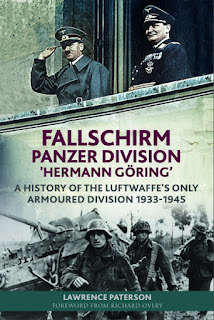Junkers Ju 88 written by Malcolm V. Lowe and published by Key Publishing - £15.99 - Softcover - Pages 128
The Junkers Ju 88 was one of the most important tactical bombers of the World War
Two era. Its beginnings went back to the mid-1930s, and it flew in Luftwaffe operational
service from late 1939 until the latter stages of the war. Built in a number of specific
versions and sub-types, the Ju 88 proved to be a versatile multi-purpose design that
fulfilled the bombing role with distinction and was also successfully adapted for other
unrelated tasks. These included use as a long-range fighter, night fighting and
reconnaissance. Some examples were even used in the late-war period as explosives
-equipped flying bombs. With radar installed, the type became one of the most significant
nocturnal fighters of the conflict. Underlining its importance, the Ju 88 served on all fronts
where the Luftwaffe was operational during World War Two and was built in significant
numbers. The type also flew with a number of export customers. Containing over 150
photographs, this book tells the fascinating story of the Ju 88, from its creation through
to the end of its operational service.
You could call the Junkers JU 88 German plane the swiss army penknife of bomber planes in that the JU 88 plane, it was a plane that could be changed and developed to fulfil a number of roles and attacking advantages. The multi-designed plane of the mid-1930s as a so-called fast bomber that would be too fast for fighters of its era to intercept. It became one of the most versatile combat aircraft of the war. Like a number of other German bombers, it served as a bomber, dive bomber, night fighter, torpedo bomber, reconnaissance aircraft, heavy fighter and at the end of the war, as a flying bomb.
I’m really enjoying these Key Publishing books because they look at individual aircraft, machines, vehicles and men in great detail from start to finish. But the photography, pictures, diagrams and maps are just brilliant, lovely and clear, concise and interesting. I could see these book being of use to a number of people such as the person who likes his information in depth to the person who enjoys model making. I would certainly recommend this book to hose who want their history with more detail.










